Editor’s note: Welcome to Icon vs Underdog – a new series where we look at whether you can find the thrills of an iconic but expensive classic hero in a more attainable package. If you have suggestions for comparisons, add them to the Comments and we’ll get to work… James Mills
The Porsche 911 is one of the world’s greatest sports cars, but it was the 911 Turbo that turned the model into a supercar. From the first Porsche 930 Turbo of 1975, Porsche has incorporated a turbocharged variant in every 911 generation since – and each has been among the world’s quickest production cars for its time.

This near-50 year backstory means enthusiasts are spoiled for choice with rear-engined, turbocharged Porsches, but nowhere is the contrast between generations greater than with the 993 and the 996 – the last of the aircooled and first of the watercooled 911 Turbos respectively.
From styling to performance, the models are poles apart despite their proximity in age. And with an even greater gulf in values, what exactly are you getting for your money with this pair of 1990s supercars?
The basics
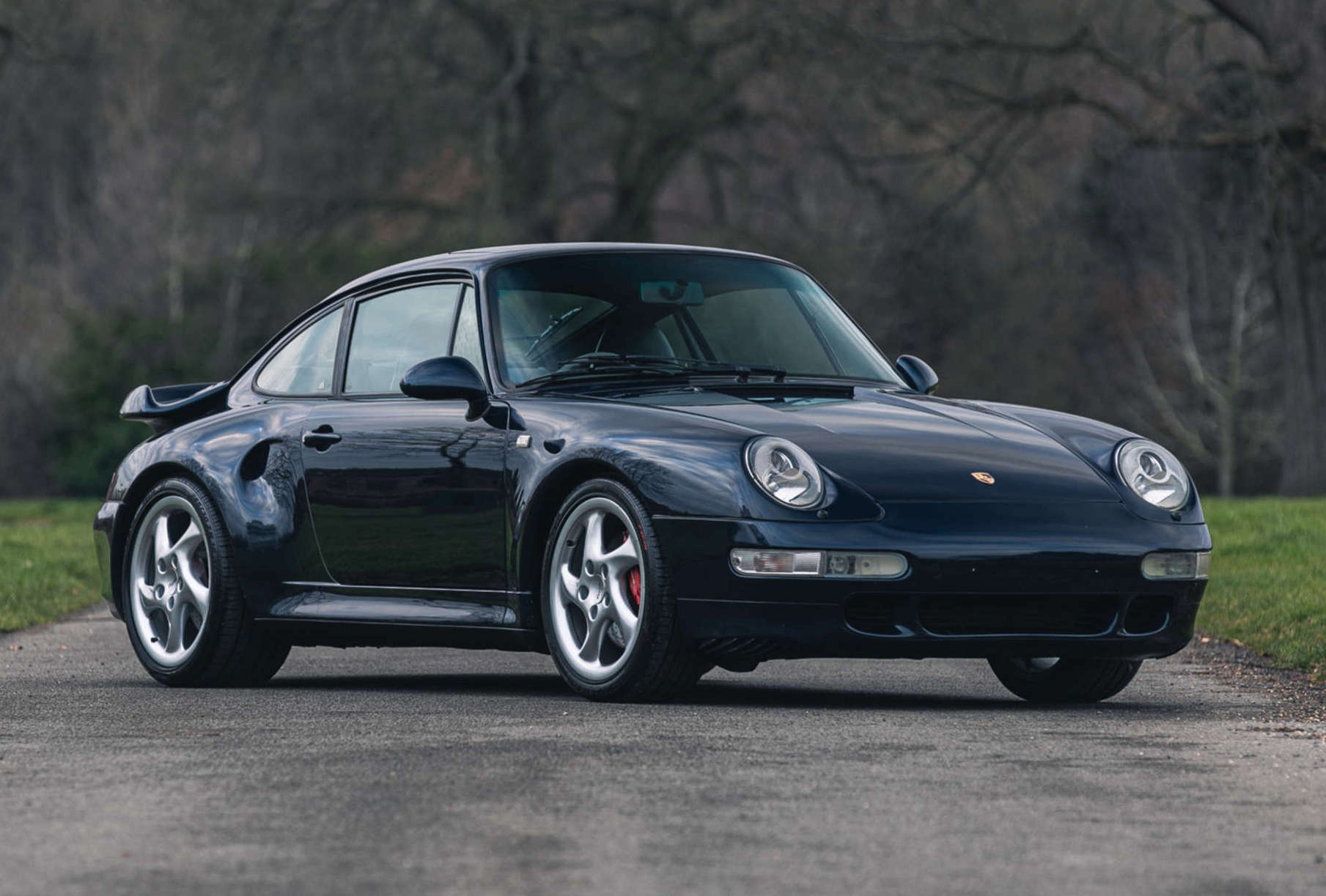
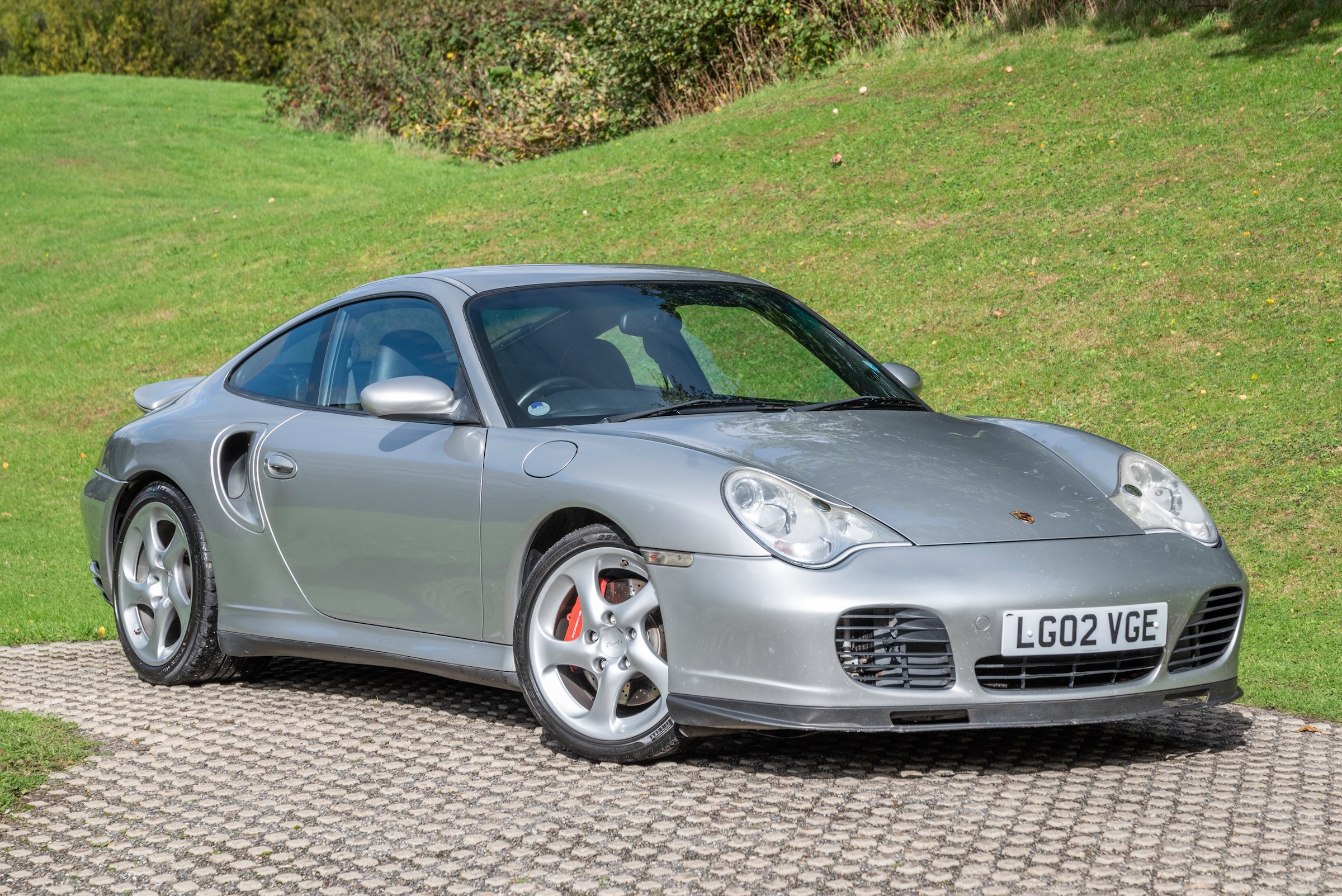
The 996 was rightly seen as a significant technological step over its predecessor, but it’s only right to acknowledge that the 993, launched early in 1994, made similar strides over the outgoing 964. Not only did its swooping curves mark a departure from the more upright, brutal look 911s had worn since the impact-bumper cars of the 1970s, but there were significant changes under the skin too.
The biggest was at the back, where Porsche incorporated a new multi-link rear suspension setup. Widespread adoption of VarioRam – Porsche’s variable-length intake tract system – of course realised power benefits, but the new rear suspension opened the floodgates to models that could actually deploy that power without the driver getting into (as much) trouble.
And when the Turbo debuted in 1995, that was wise. With a 3.6-litre, twin-turbocharged flat six sitting behind the rear wheels, the Turbo made 402bhp – 22bhp more than the outgoing 964 Turbo S, and close to 60 per cent more than those 930 Turbos of 1975.
Wisely, Porsche also adopted the Carrera 4’s all-wheel drive system for the Turbo, so not only had the new rear suspension arrangement tamed the handling, but even more of that 402bhp could make it to the road. When Porsche then introduced the Turbo S in 1997, making 450bhp and reaching 60mph in just 3.6 seconds, the model reached its zenith.
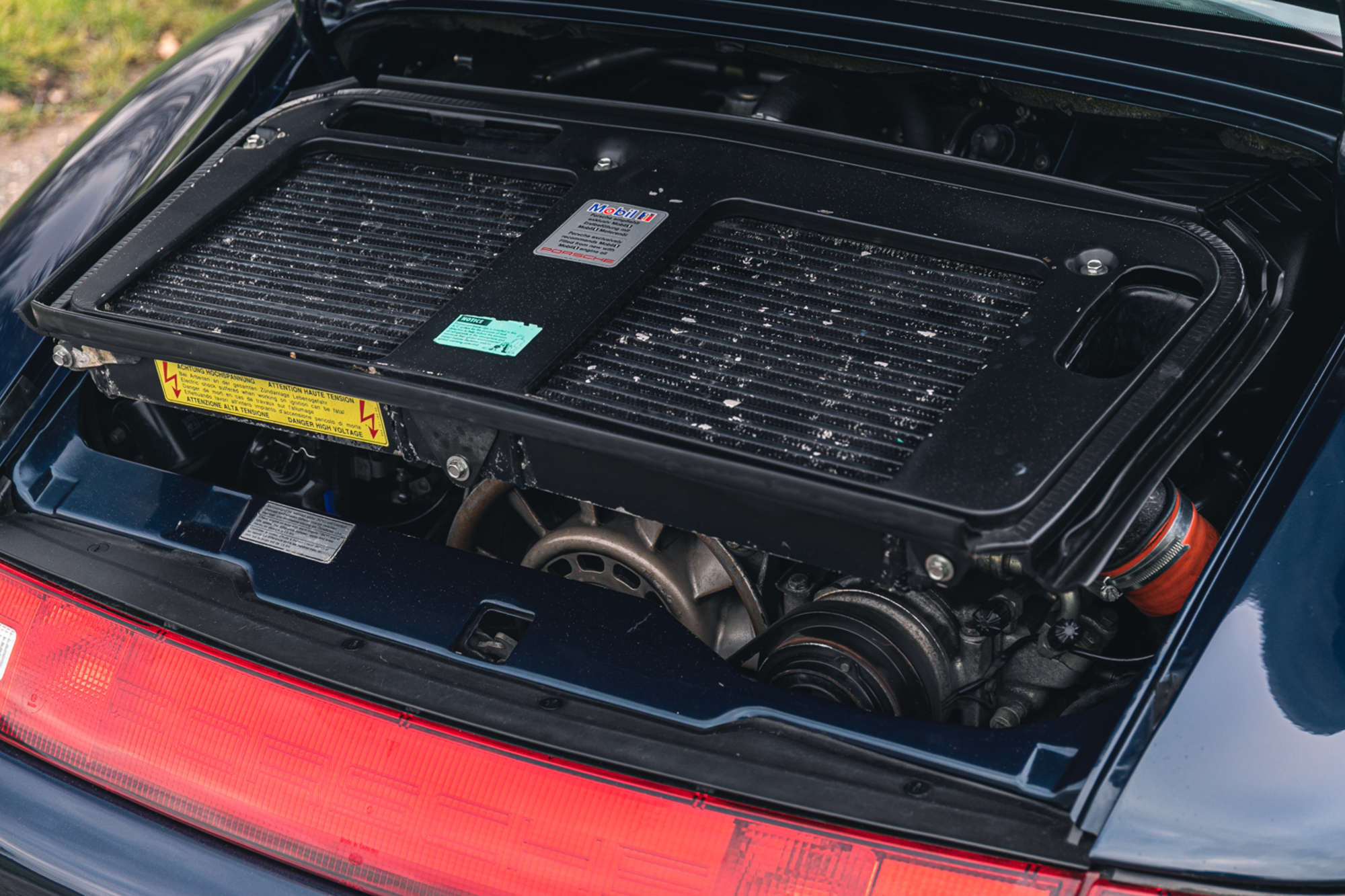
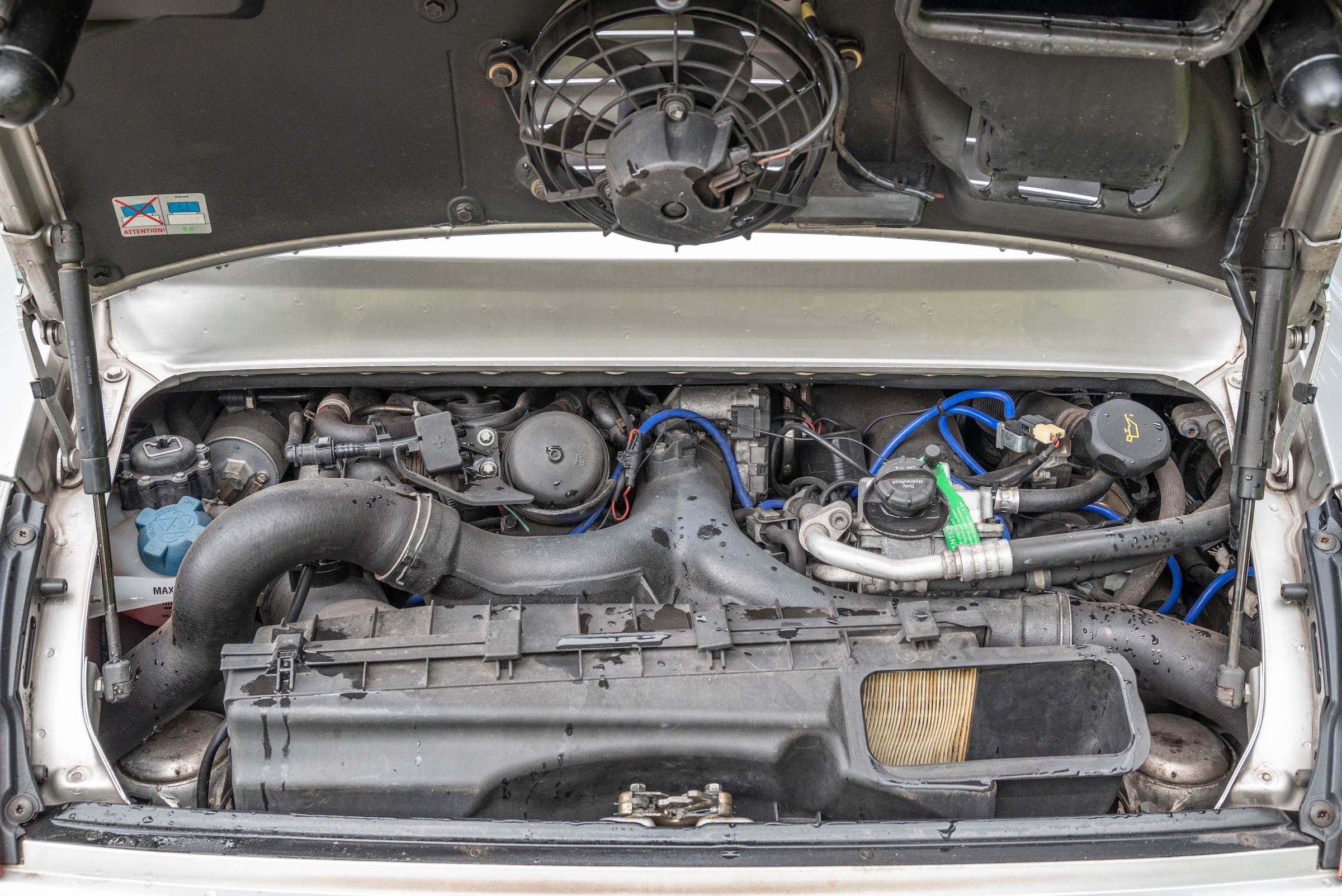
The press were still reeling from the Turbo S just as they were getting familiar with one of the biggest changes in 911 history: water cooling. The Porsche 996, introduced mid-1997 was, despite some revisionism, an instant hit.
The 996’s new 3.4-litre engine might not have howled with the same ferocity as its aircooled predecessor but with 296bhp it was a strong performer. Handling was better than ever, and in a much-needed change, so was the cabin’s ergonomics – if not its quality.
Porsche unveiled the 996 Turbo at the Frankfurt show in 1999. Just as it had done in the past, the new model immediately eclipsed the most potent version of its predecessor (excluding homologation models like the GT2), developing 414bhp – using a different engine than the Carrera, a variant of the Le Mans-winning ‘Mezger’ – while the 996’s handling improvements and driver-friendliness were bolstered further with the adoption of stability control.
Why you’ll want one
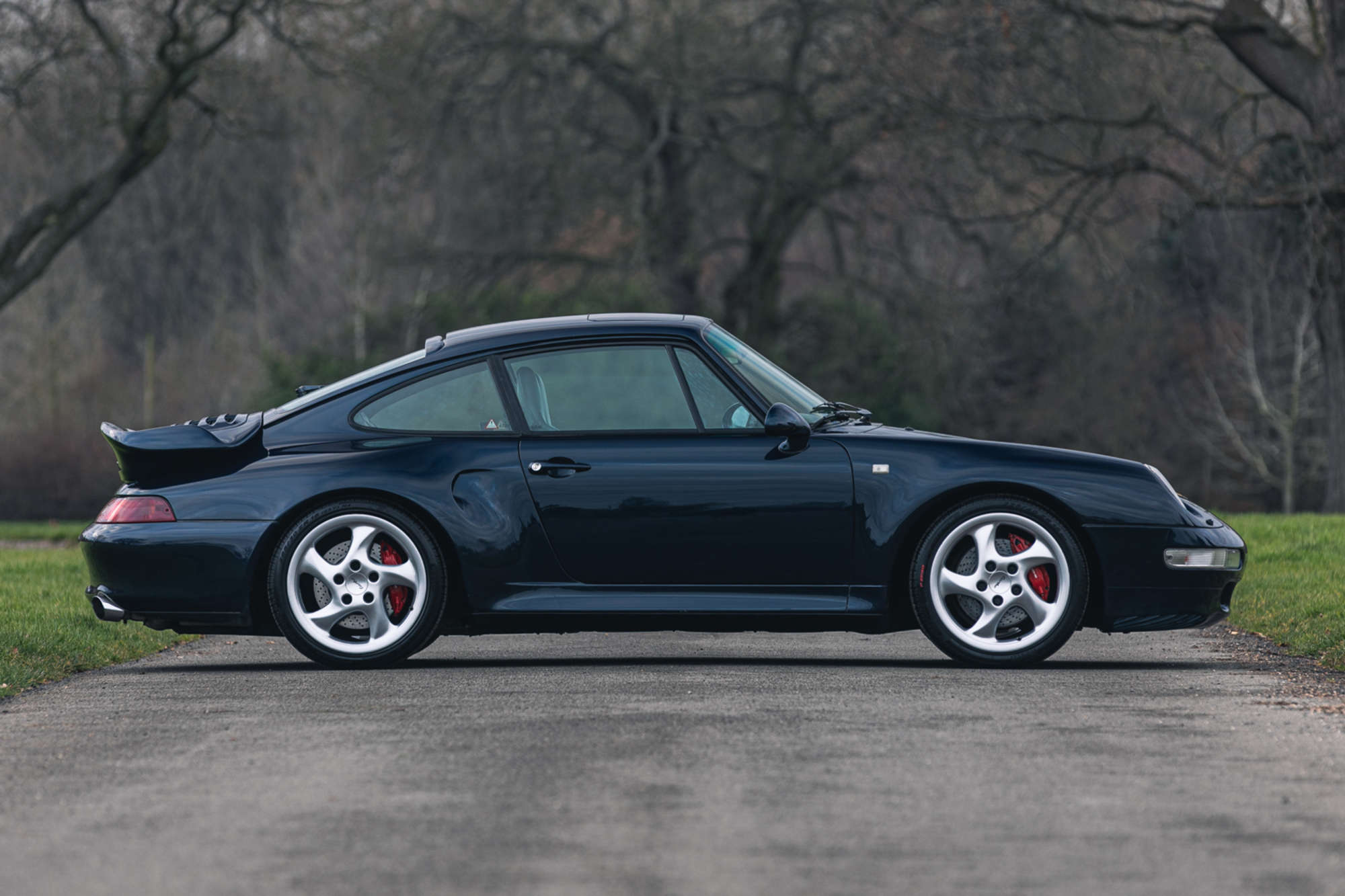
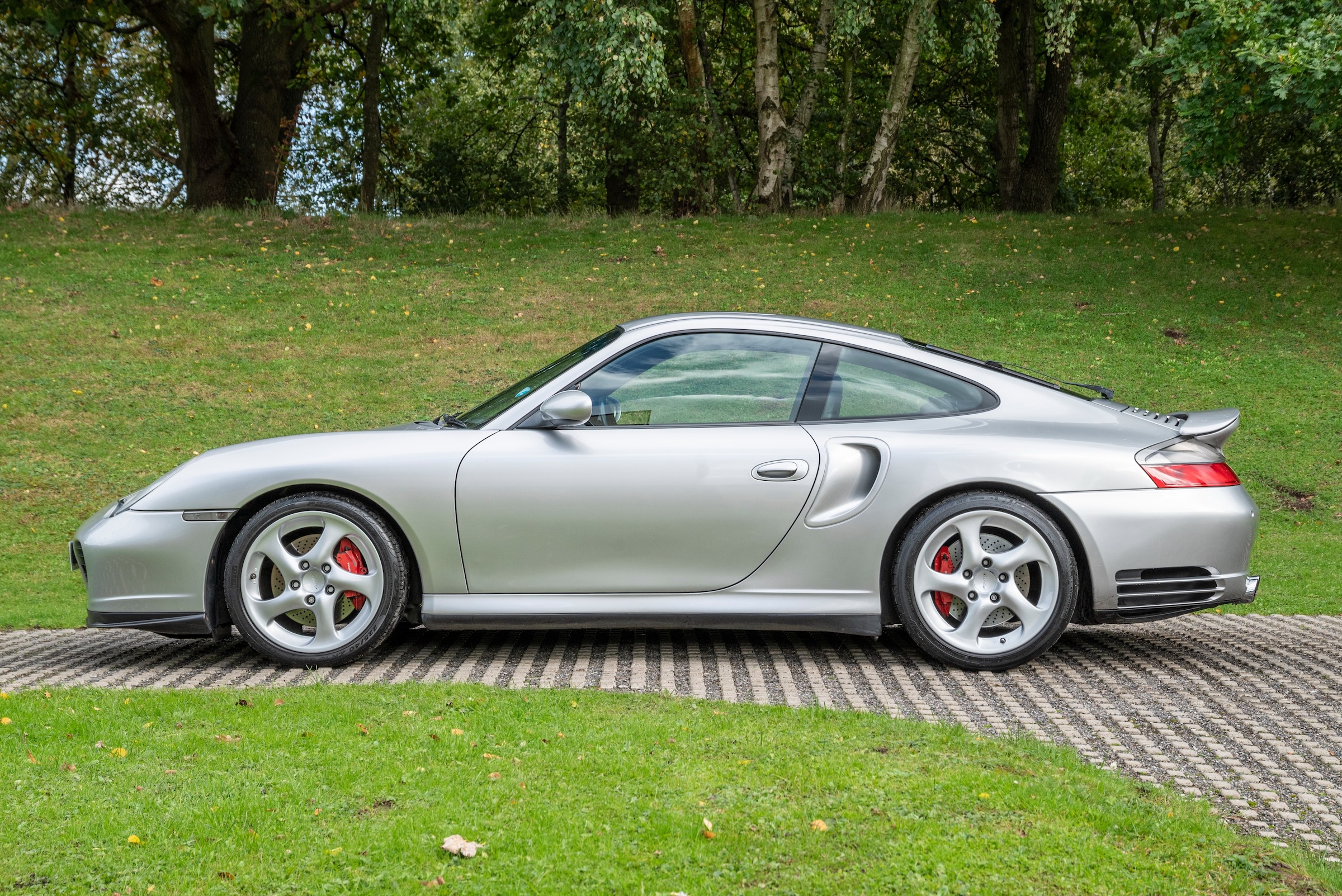
Much like their shapes and on-paper specifications, the appeal in both 993 and 996 Turbos is at once similar, but differs in the details.
Let’s start with the 993, which will always get to retain its status as the final aircooled Porsche, and owning the last example of something will always be valuable both from both an enthusiast and a collector standpoint. Enthusiasts can drive the car in the knowledge it has benefitted from decades of development, while collectors will get a kick from owning perhaps the ultimate version of a desirable lineage.
The 993s are seen as a more visceral experience than the 996, which can have both good and bad connotations. Typical 911 characteristics such as engine noise, road noise and rear-engined handling quirks are more pronounced – great if you revel in such things, less so if you don’t.
Porsche people will also tell you the 993’s interior is higher quality than the more mass-produced cabin of the 996. It’s certainly more classic-feeling, with thinner pillars, quarterlights, a more pared-back dashboard and its bottom-hinged pedals, though detractors will note the scattergun ergonomics.
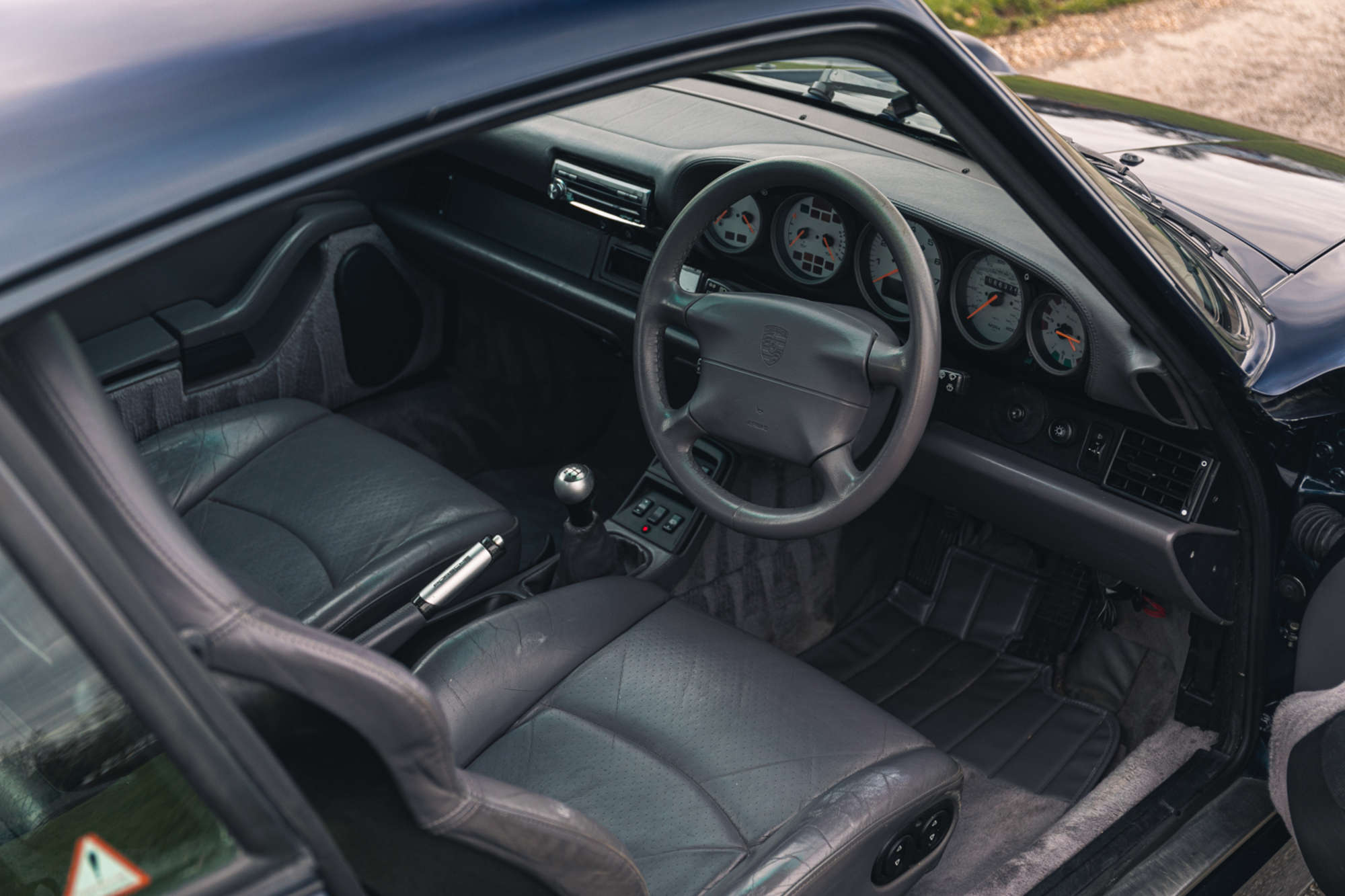
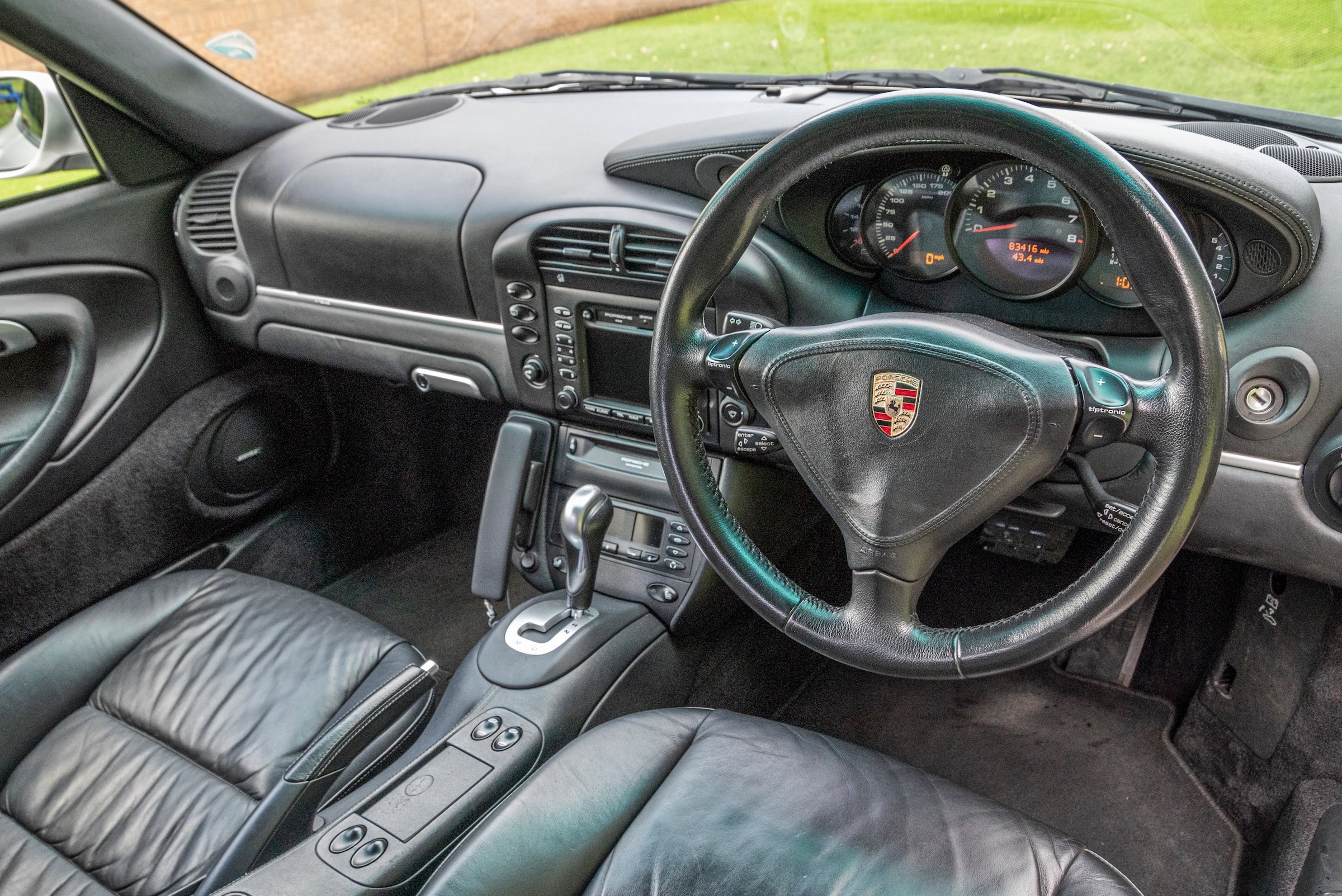
Life with a 996 Turbo is easier, in theory. It instantly feels the more modern inside, and what you lose in terms of ambience (though with generally higher levels of specification than standard 996s, Turbos often include desirable options like leather-wrapped dashboards which really transform the cabin), you gain in modern features and a near-perfect driving position.
The 996 Turbo also makes going quickly very easy indeed, even more so than the 993 – yet still retains levels of driver interaction that would make a modern 992 owner jealous. Let’s not forget either that when the 996 was new, it was absolutely considered a dynamic improvement over the 993; this is no cotton-wool-wrapped isolation pod.
And performance in either is fierce: if there’s any reason to want a 993 or a 996 Turbo, it’s the sheer, startling levels of thrust, and outright performance figures that still stand up to scrutiny decades later.
Values
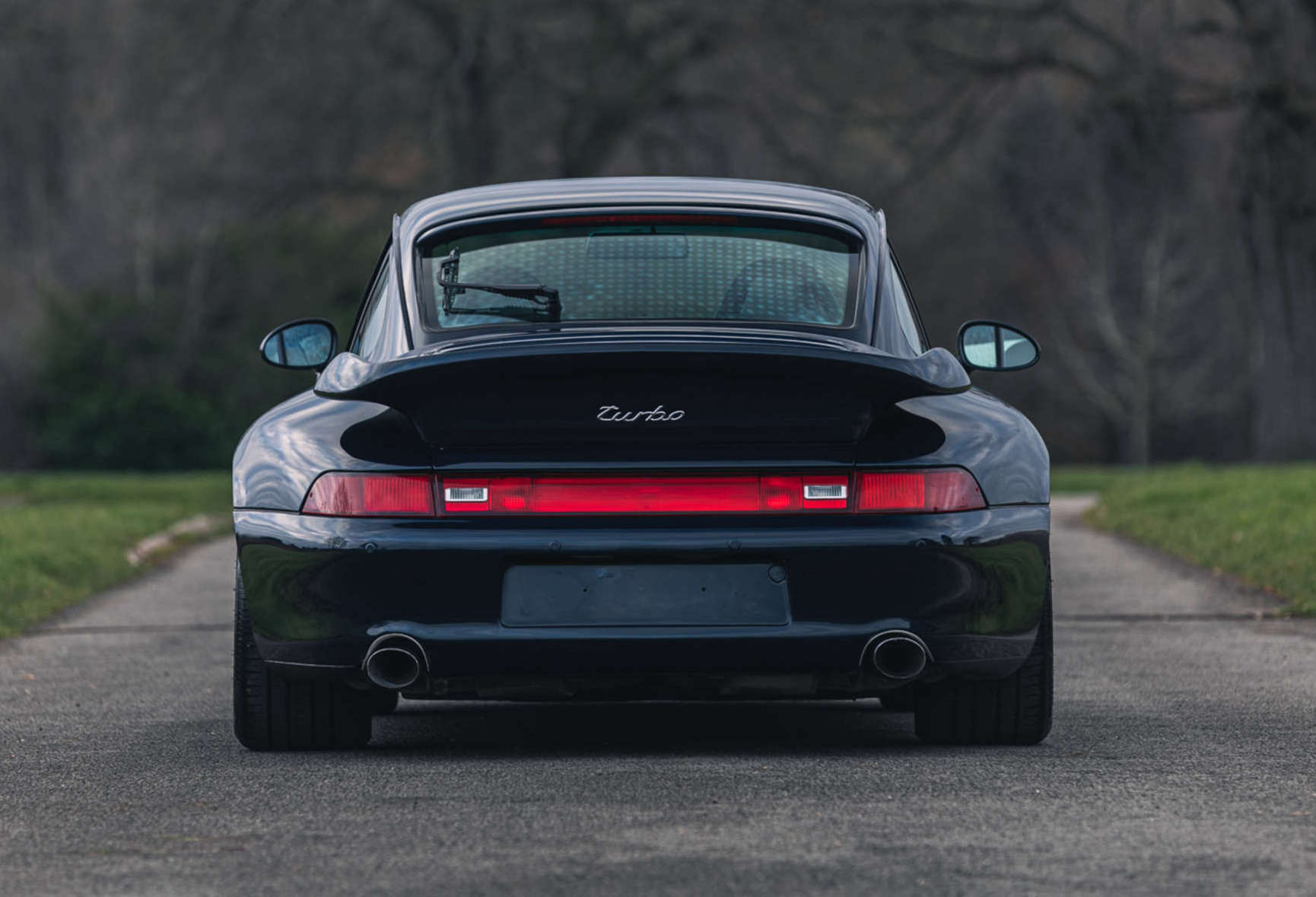
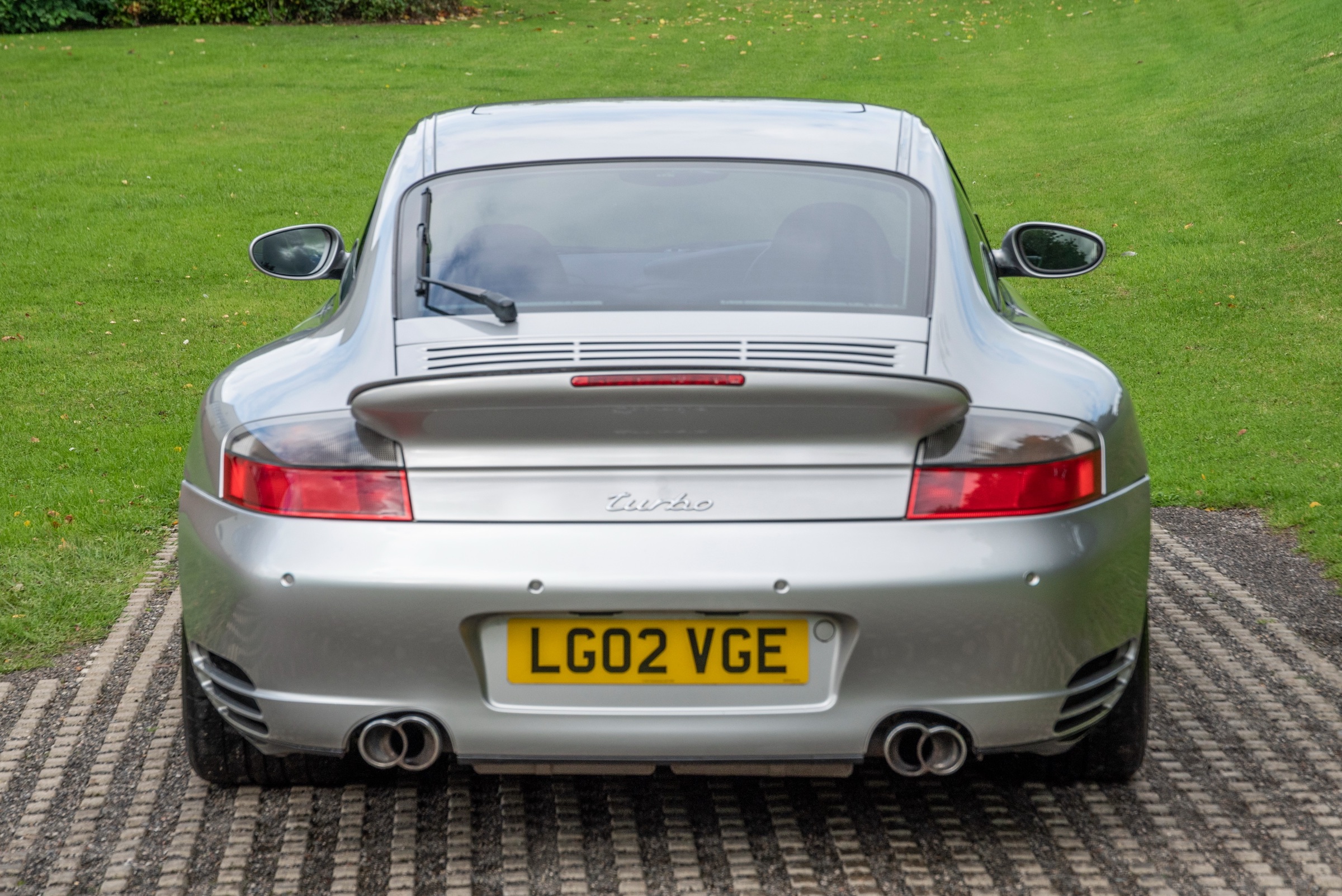
Interest in both the 993 and 996 models of 911 have increased significantly over the last five years, writes John Mayhead, editor of the UK Hagerty Price Guide. In numerical terms, the younger car has outperformed the older, with more than three times as many 996 models insured by Hagerty now than in 2017, compared with just over twice as many 993 examples. This however may say something about Hagerty’s recent appetite for insuring more modern vehicles.
The demographic curves for both models are surprisingly similar, with those in the Baby Boomer generation (typically born between 1946 and 1964) dominating the quote activity back in 2017, but now with Generation X owners (loosely defined as being born between 1965 to 1980) almost matching them in numbers as the latter move into peak earning capacity.


Value-wise, the 993 Turbo has convincingly outperformed its younger brother in the past five years, with average UK Hagerty Price Guide values rising from £121,025 to £138,000, an increase of 14 per cent, most of which happened in 2022.
Meanwhile, the 996 Turbo has actually dropped 3.5 percent, from £43,425 to £39,925. This was due to a big rise in 996 GT3 values in around 2017 that pulled up all performance variant values, and this is really more of a correction than anything else. In the same period, our insured values have risen slightly from an average of £36,304 to £39,090.
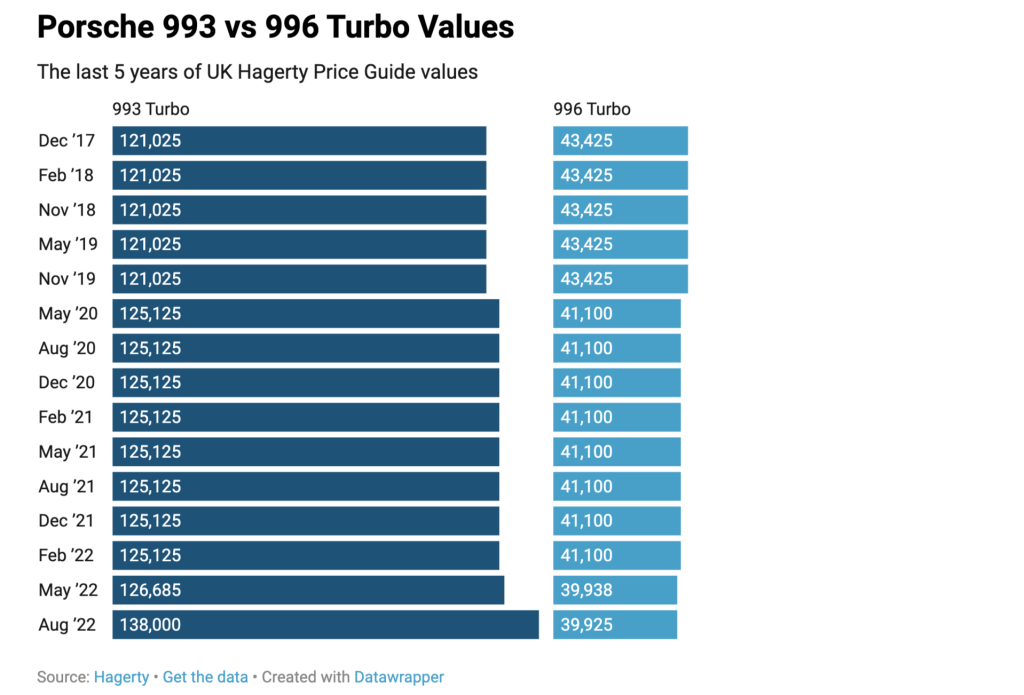
In terms of a forecast, the 993 has established itself as a very important iteration of the 911, and that won’t change soon. Turbo variants are always desirable and it is likely that they will continue on their upward trajectory. The 996 has always been a bit of a marmite car, but time seems to have been kind to the model. In particular the 996 GT3 RS is now identified as an important car, the place where the modern RS era began.
Seen in this context, the 996 Turbo seems undervalued and provides a huge amount of driving for the money.
Icon or underdog?
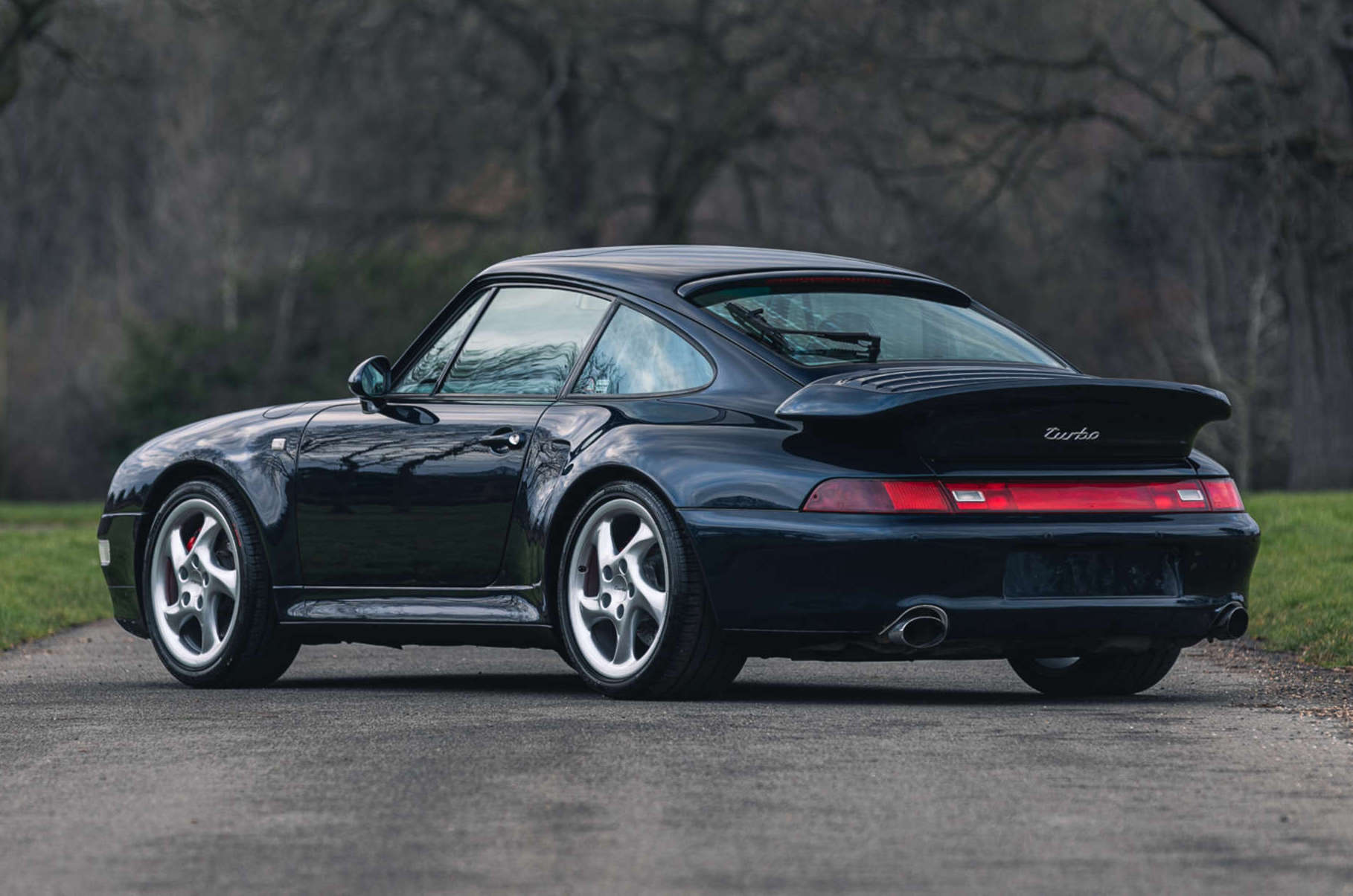
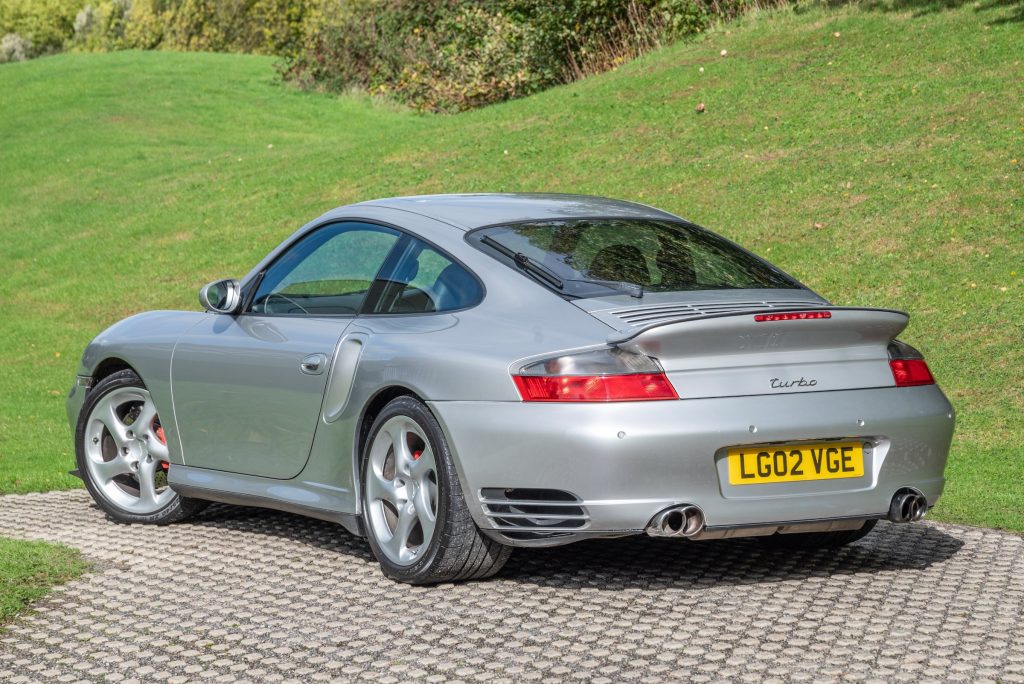
Choosing between this pair of turbos will, for many, be little more than a financial decision. The 996 is simply within reach of so many more enthusiasts, at just 30 per cent the average value of a 993, and relatively plentiful supply makes it a practical choice too. Even if you really, really want a 993, you’re probably not going to turn your nose up at the 996 if you can comfortably afford one but not the other.
What’s clear though is that anyone who opts for the 996 Turbo will not be getting an inferior experience. It is hugely fast, highly usable, dynamically excellent, and satisfyingly tactile – all the qualities you’d hope for from a Porsche 911. The Mezger engine also avoids some of the issues common to other 996s, making it perhaps less of a risk than a regular Carrera.
For those who’ve always wished for a 993 and still have the means, the experience is unlikely to be a disappointment. As a car of the 1990s it remains civil and surprisingly practical, despite its anachronistic engine – a testament to just how well-developed the platform was by this point – while offering some old-school qualities that the 996, by virtue of its technical changes, cannot.
It’s fair to say that the 993’s styling is also more widely loved – for some, the 996 shape, even without the ‘fried egg’ headlights of lesser models, will never match the more contoured and delicate look of the earlier 911s.
The 996 Turbo really is in a sweet spot now though. While you might have missed the chance to buy one at rock-bottom, the experience it delivers is still that of a true 911, and worth every penny.
Read more
Icon vs Underdog: Escort RS2000 vs Dolomite Sprint
Letting your classic car sit is a recipe for disaster. I got lucky
Porsche 992 GT3 RS | Henry Catchpole – The Driver’s Seat









How about Audi UR Quattro RR 20v v Audi RS2. Both had same engine but one is an icon, the other less so 😉
Chrysler/Talbot Sunbeam TI vs Lotus?
Different Golfs GTI?
Various Maseratis Biturbo?
Citroën IDs vs DSs?
Renault 5 Turbos vs Turbo 2s (Maxi as a variant)?
Ford Escort RS mk1 vs mk2?
Mercedes 600 w100 short vs long wb?
Rover p6 2000/2200 vs 3500?
Citroën 2cv vs Dyane?
Fiat Dino coupe vs cabrio?
Just bought a 996 Turbo having had a 991 Carrera S. It drives mega and for me is the best looking 911 Turbo there is….buy one while you can at todays prices, outstanding value for money!!!!
Yes I have one too. Drove a 991 and it was just too big and had no feel! I love the 996 turbo headlights and purpose built intakes and aero features. Great steering, gear change essentially rear drive balance…although a must on any turbo is to upgrade the exhaust, they really are too quiet!
The fried egg headlights are 996.1 – earlier, not lesser models e.g. the gt3. TBH I think these early gt1 type lights are a selling point… thought I appreciate that most disagree 😉
996 is a MASSIVE leap over the dated limp whale tail of the 993. The 996 is MORE in everything, from power, to comfort, to reliability, to performance. Yes, 993 was the last of the air cooled, but it was AS MUCH as could be done w a dated and zero future platform. 996, you are the innovation and beauty that defines Porsche